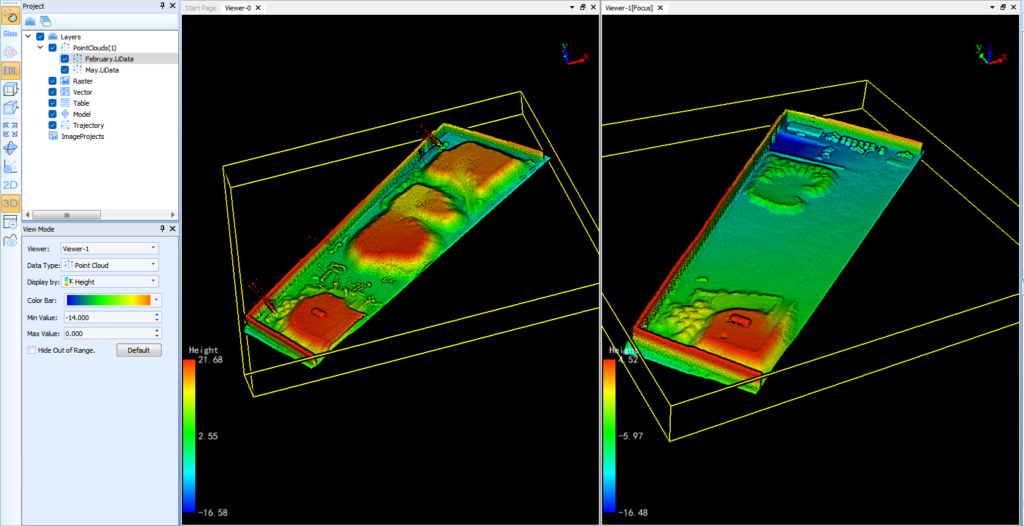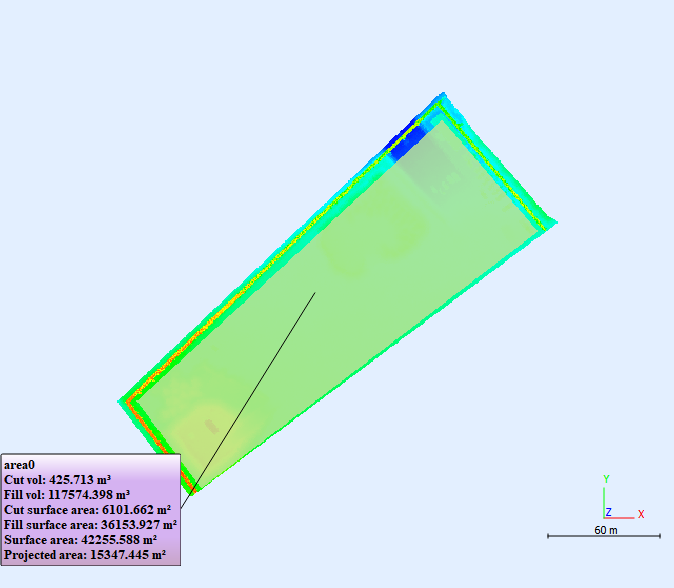LiDAR Stockpile Volume Measurement equipment & Solutions
how does liDAR stockpile volume measurement system work
LiDAR, which stands for Light Detection and Ranging, determines mining material like coal stockpile volume by directing laser beams at the stockpile and measuring the time it takes for the beams to return. These time measurements are then utilised to calculate the distance between the LiDAR sensor and the stockpile surface, resulting in the creation of a three-dimensional point cloud depiction of the stockpile. The volume of the stockpile can be calculated with great accuracy by analysing the point cloud data.
Data Collection: A lidar sensor is used to scan the object surface to obtain point cloud data. It emits a laser beam and then receives the returned laser signals to generate point cloud data representing the surface shape of the object.
Date Preprocessing: It includes denoising, smoothing and registration. Denoising can eliminate some anomalies or noise interference, smoothing can smooth the data and remove unnecessary details, and registration can align multiple point cloud data to the same coordinate system.
- Surface Reconstruction: The discrete point cloud data is converted into a continuous surface model after reconstruction of preprocessed point cloud data. Frequently-used surface reconstruction algorithms include triangular mesh generation, voxel-based reconstruction, and other methods.
- Volume Calculation: Based on the reconstructed surface model, the volume of an irregular object is calculated using a volume calculation algorithm. The surface model can be divided into small voxels, by calculating the volume of which and adding them together, the total volume can be obtained. Volume calculations can also be realized through mathematical integration or numerical integration.
- Data Output: The volume results of irregular objects are output and displayed on a display, or transferred to other systems for further processing and analysis.
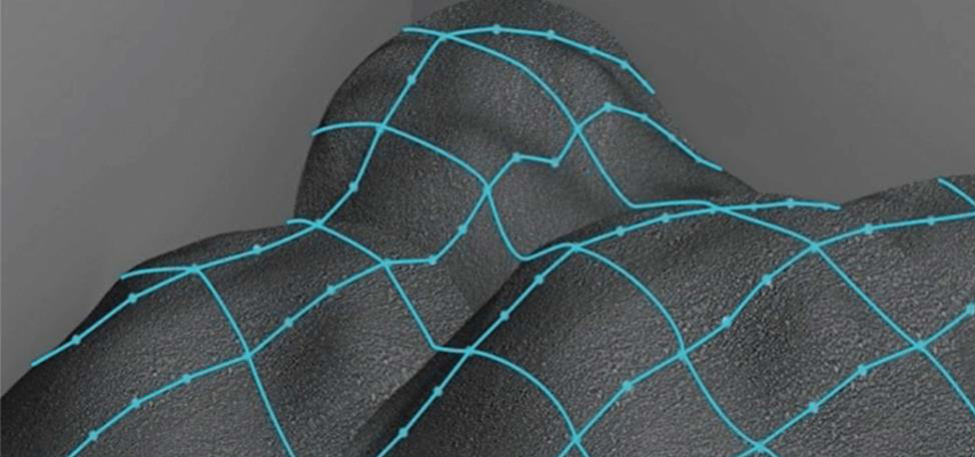
Except for measuring the stockpile volume, LiDAR point cloud data generated in different time can also be used to calculate the stockpile change as well as volume difference.
the benefits to use LiDAR equipment to measure stockpile volume

High Accuracy
LiDAR provides highly accurate measurements, which is essential for inventory management and resource allocation. The precision of LiDAR can help companies avoid costly mistakes and make more informed decisions.

High Efficiency
LiDAR is a fast and efficient method for measuring stockpile volumes. Traditional methods, such as manual surveying, can be time-consuming and labor-intensive. LiDAR, on the other hand, can quickly scan large stockpiles and provide accurate volume measurements in a fraction of the time.

Safety
LiDAR is a non-contact measurement method, which means it can be used to measure stockpile volumes without the need for personnel to physically access the stockpile. This is especially important for stockpiles of hazardous materials or in dangerous locations.

Versatility
LiDAR can be used to measure stockpiles of various sizes and shapes. It can also be used in different environments, from open-air stockpiles to enclosed storage facilities.

Data Analysis
The data collected by LiDAR can be easily integrated with other systems and used for further analysis. This can provide valuable insights into inventory management, resource allocation, and other aspects of operations.

Documentation
LiDAR point cloud processing software can be used to create detailed and accurate documentation of stockpile volumes. This can be useful for compliance with regulations, reporting to stakeholders, and other purposes.
Our LiDAR Stockpile Measurement Solutions - Fixed & Real-time data update
System Introduction - Fixed LiDAR Stockpile Volume Measurement System
The fixed LiDAR stockpile measurement system can be installed indoor or outdoor. The installation location of the lidar is determined by the shape, size and characteristics of the stockpile, and it is necessary to ensure that the scanning range of the lidar can cover the entire target object and acquire sufficient point cloud data. To ensure the measurement accuracy, the distance between the lidar and the target object, the angle and the obstruction should also be considered. The lidar should be stably fixed to ensure the accuracy and consistency of the measurement. Suitable brackets and fixing devices can be used to ensure the stable installation of the lidar as well.
Why Choose a Fixed LiDAR Stockpile Monitoring System?
Transform your stockpile management with a 24/7 automated solution designed for precision, efficiency, and seamless integration:
24/7 Autonomous Operation
Eliminate manual labor with continuous, automated volume measurement and data processing.
Reduce human error and operational costs while ensuring real-time accuracy.
Plug-and-Play Integration
Connect effortlessly to DCS, SCADA, or third-party control systems via Modbus TCP/RTU.
Streamline workflows with minimal setup and no custom coding.
Global Data Accessibility
Access real-time and historical measurements through a secure, web-based cloud platform from any device, anywhere.
Monitor multiple sites centrally with customizable dashboards and alerts.
Automated Reporting
Receive daily via email.
Track trends, compliance, and inventory changes with timestamped analytics.
Project Example - Geralton - WA, Delivered by liDAR Solutions Australia
Mining storage shed in Mid-west port in Geralton WA. 6 LiDAR scanning units were installed to cover western and eastern bay to monitor volume and tonnage of the mining raw materials.
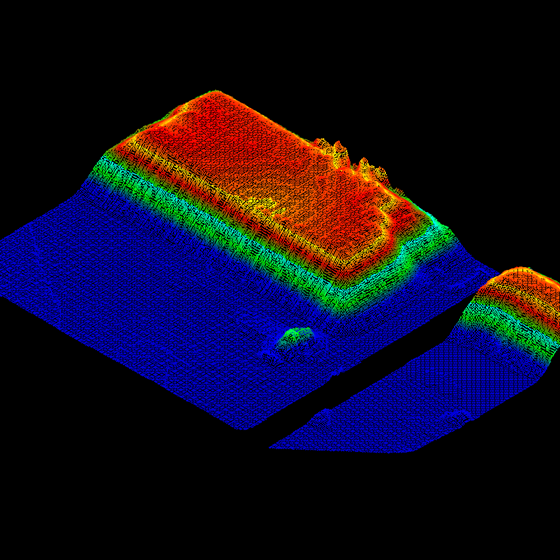
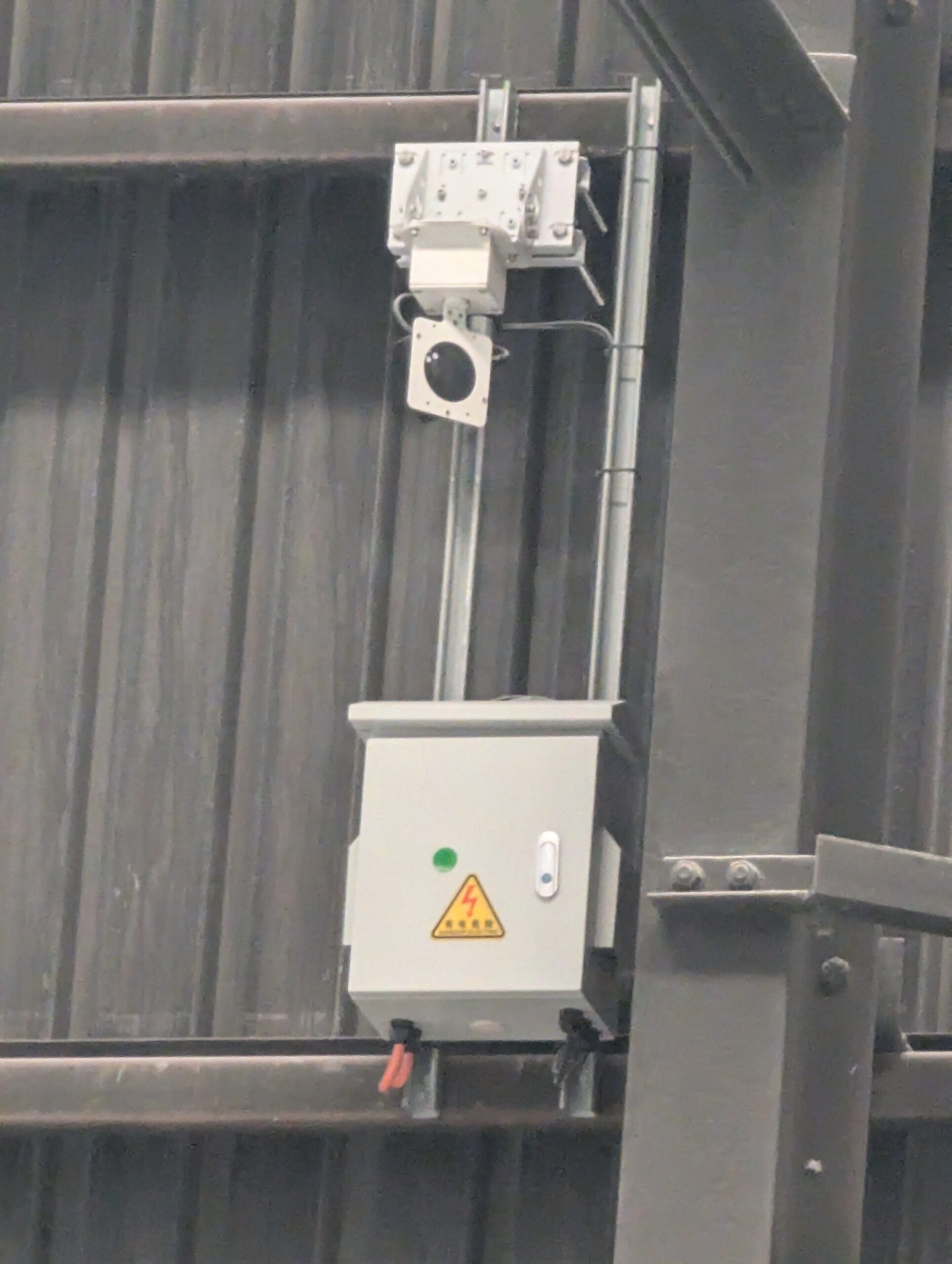
Project Example - PNG, delivered by LiDAR Solutions Australia
Mining Site in PNG, the client is using our fixed LiDAR stockpile measurement system to monitoring the real-time raw material volume change on their. This eliminates the labour required to survey the volume on daily basis. And it is safer as well.
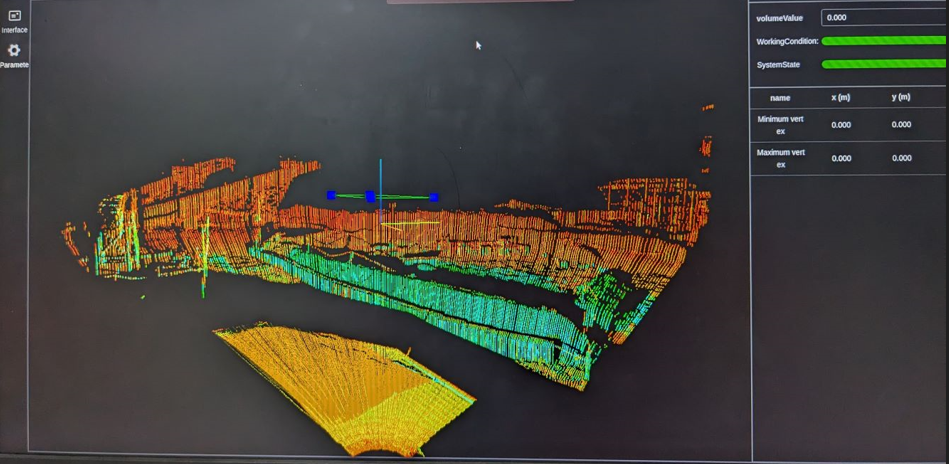
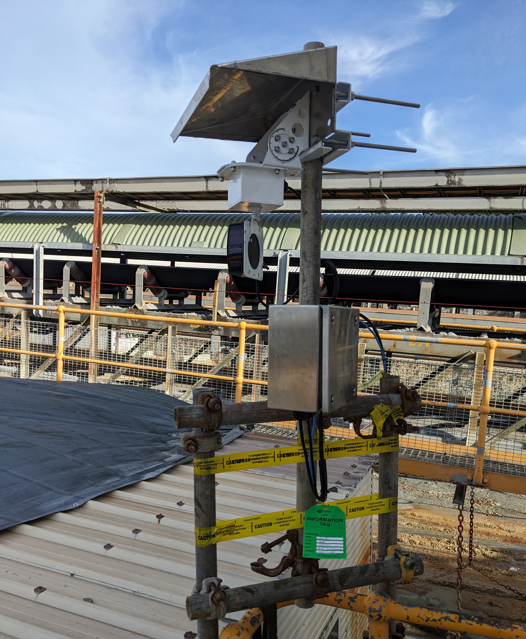
Contact Us
Our LiDAR Stockpile Measurement Solutions - Mobile
Mobile LiDAR Volume measurement - Drone or Terrestrial LiDAR
The mobile LiDAR scanners, like the drone based or terrestrial LiDAR system can also be used for the stockpile volumetric measurement. Comparing the traditional methods,it is a lot more efficient.
Comparing to fixed Lidar bulk material measurement solutions, it doesn’t need high investment for installation, and can still generate stockpile LiDAR data which will be used for accurate volume calculation.
LiDAR Solutions Australia provides the one-stop solution, including drone, Lidar payload or backpack/handheld LiDAR hardware, as well as the software required for processing the stockpile data as well as generating the report.
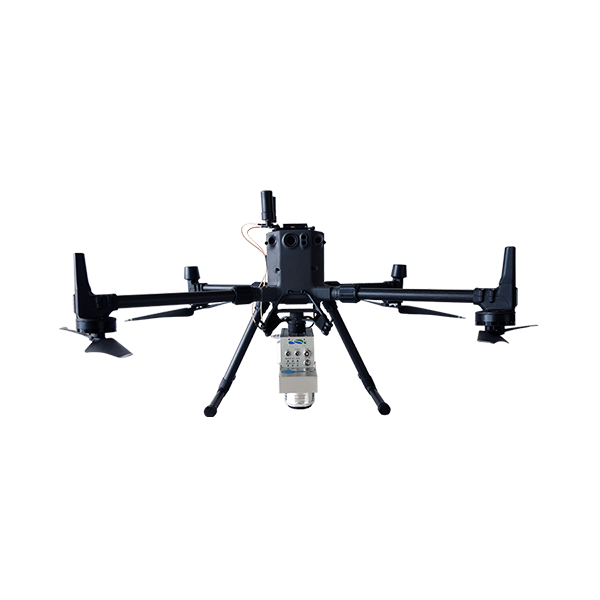
Examples
Once the LiDAR data is pre-processed. The stockpile volume report can be easily generated by drawing a perimeter on the LiDAR point cloud, please find the sample report below:
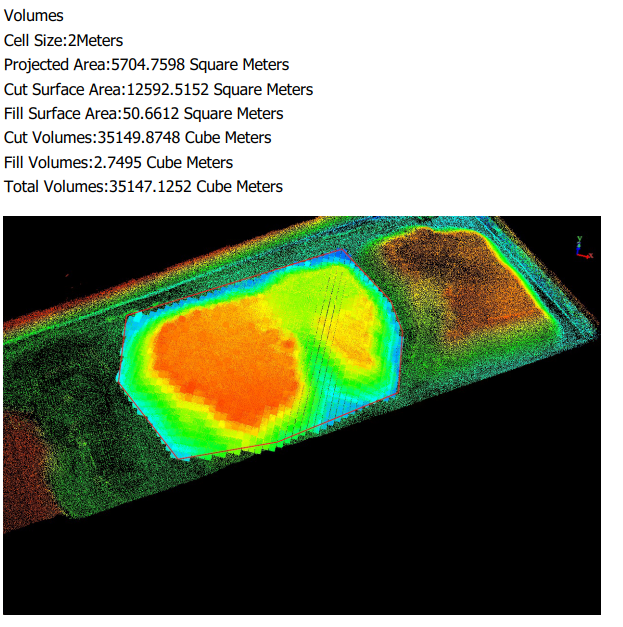
2 datasets that captured for the same stockpile yard in different months can also be used for comparion the volume differences for the same area, here is the example:
